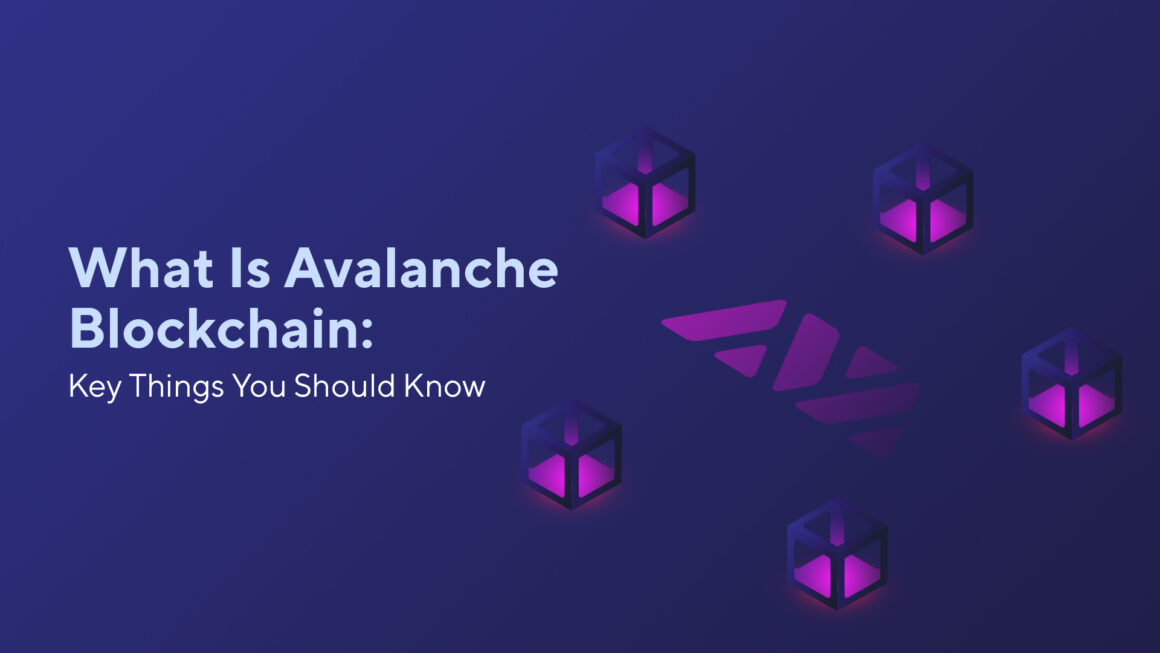Developers who use Avalanche Blockchain should be able to create powerful, reliable, and secure apps as well as blockchain networks in the future. The Avalanche Mainnet is now live and today we’re about to explain what exactly is behind the Avalanche Blockchain and how it works. Let’s get started!
What Is Avalanche Blockchain?
Avalanche is based on four basic building blocks — consensus engine, virtual machines (VMs), chains, and subnets. Nowadays, most widespread decentralized networks are based on consensus protocols that have existed for decades. At the same time, the Avalanche network is intended to allow users to validate a large number of transactions.
It’s also intended to fix one of the greatest weaknesses of current blockchains — relatively limited scalability. While Bitcoin enables around 7 transactions per second, more than 4500 transactions per second may take place on the Avalanche Blockchain. This would even compete with global credit companies like VISA or Mastercard.
In addition, it should meet the special requirements of financial products and dApps. The subnets mentioned above are responsible for this. With the help of the network, everyone will be able to create their own user-defined networks with virtual machines in the future. The biggest difference from Ethereum is that each app operates on its own blockchain. A subnet validates each blockchain with the help of dynamic validators — this also enables the creation of private blockchains.
Ultimately, this would result in a large number of different subnets compatible with one another. The aim is to digitize the global financial market and make it more efficient at the same time by removing existing restrictions.
How Does Avalanche Blockchain Work?
The four basic components of the Avalanche Blockchain mentioned above fulfill different functions in the system. The Avalanche Network is based on two different consensus engines — Avalanche and Snowman. The Avalanche itself is based on a DAG-optimized consensus protocol. Directed Acyclic Graph (DAG) is already considered by many experts as an alternative to blockchain technology. Moreover, it is already used by other cryptocurrencies such as IOTA. On the contrary, the Snowman is also a consensus protocol of Avalanche but is primarily suitable for smart contracts.
The VMs in Avalanche code are used to create a database that can exist in various forms. For example, databases at Avalanche can exist in the form of a DAG or a logfile. The primary focus here is that the data structure requires synchronization between several machines.
On the Avalanche network, each chain has a separate ChainID and can only be part of a single subnet. However, the same VM instance can be reused on the same chain type within a subnet.
If you want to read more articles relating to this topic, please let us know in the comments. Feel free to share your opinion there!

Leave a Reply